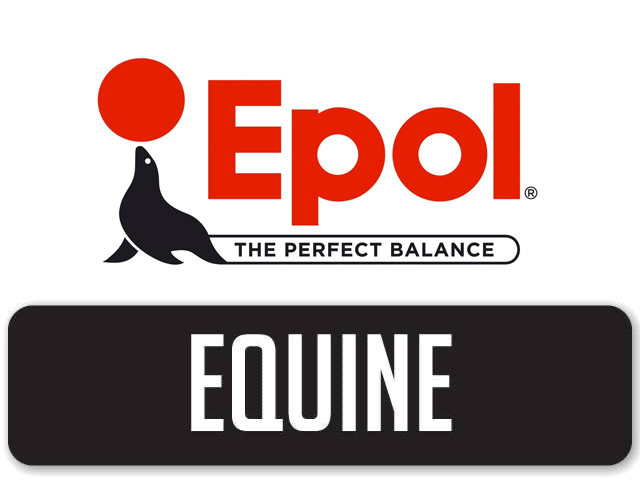In the equine feed industry today, concentrates are a lot more complex than a simple combination of cereals and vitamins and minerals. Better quality brands now produce products that include quality fibres and super fibres, fats and protein along with value added extras such as Omega oils and digestive aids such as yeast cultures.
At Equus we included a scientifically researched yeast culture, Yea-Sacc 1026 ®, produced by the World Equestrian Game sponsors, Alltech. This culture is based on a proprietary strain of Saccharomyces cerevisiae, a yeast strain specifically selected for its influence on animal performance. This product has a low inclusion rate and as little as 0.4g per kg of feed has been shown to provide benefits to the horse. In general, the average horse should receive 5-10g per day.
Yea-Sacc 1026 ® has a large body of research clarifying its mode of action and performance responses and is ideal for inclusion in equine feeds for horses of all ages as approved by the European Food Safety Authority (EFSA). Both live and dead yeasts are used in animal nutrition. Dead yeasts such as Brewer’s yeast and Torula yeast, by-products of the brewing or pulp milling industries, are used as protein sources although such yeasts do not specifically target the digestive system. In contrast, live yeasts can be used to stimulate and stabilize the equine digestive tract. These yeasts are capable of interacting with specific intestinal micro-organisms, however not all strains of yeast are equally effective and selection is required.
The yeast most useful in food supplements for animals or humans are from the Saccharomyces genus. The Saccharomyces cerevisiae 1026 strain used in Yea-Sacc 1026 ® has been selected for its ability to support a properly functioning digestive tract in horses, and has been shown to increase feed digestibility, improve fibre digestion, and aid in hoof and body condition in horses. Alltech Yea-Sacc 1026 ® has been thoroughly researched by many scientific groups. There have been many studies over a number of years and the resultant benefits of including this product in horse feeds are as follows:
• Improved fibre digestion. This not only aids in the overall health of the equine gut but also ensures optimal nutrient digestion from the fibre portion provided in the horse’s diet. Fibre has the ability to assist with increased body condition by providing calming calories.
• An improved digestibility of Calcium and Phosphorus is seen in horses fed Yea-Sacc, leading to an increased supply of these minerals for bone and tissue metabolism.
• Improved digestibility of higher starch (grain type feeds) diets which can lead to improved body condition as well as less digestive disruption from such ingredients.
• When fed to lactating mares, improvements in milk quality were seen which were of obvious benefit to the suckling foals and resulted in improved growth rates in the foals.
• Improved activity of the complex microflora involved in digestion which leads to an increase in the overall nutrients available to the horse. Essentially more is received from less.
The following Equus products contain Yea-Sacc 1026 ® (the rate of inclusion is stated after each product):
Cool n Perform 15% – 2.5g per kg
Cool n Perform 12% – 2.5g per kg
Safe n Lite – 2.5g per kg
All Time Balancer – 10g per kg, 5g per 500g
Race n Replace – 5g per kg.
Equus uses Yea-Sacc 1026 with confidence and pride.
A few selected References:
• The effect of Yea Sacc®1026 on the apparent digestibilities of components of the equine diet.
Summary of Thesis by: S. J. GUTSELL, Writtle College of Agriculture, Chelmsford, Essex, UKPoster
Presented at the 14th Annual Symposium on Biotechnology in the Feed Industry, Lexington, KY
April 1998
• Safety and efficacy of Yea-Sacc 1026 ® (Saccharomyces cerevisiae) as feed additive for
horses. EFSA Journal (2009) 991, 1-14
• Effect of live yeast culture supplementation on apparent digestibility and rate of passage in
horses fed a high-fiber or high-starch diet (2008) 1 J.-P. Jouany,* J. Gobert,† B. Medina,†‡ G.
Bertin,† and V. Julliand‡




